
Jill Bliss is celebrating ten years of her professional career as an artist/crafter/designer – during this time she has made some of the most exquisitely attractive illustrations, books, and crafts a girl could wish for; all with her unmistakable eco and natural stylings.

Name: Jill Bliss
Location: Portland, OR. USA
Website: www.jillbliss.com
Blog: blog.jillbliss.com
Shop: shop.jillbliss.com
Etsy: etsy.com/shop/jillbliss
Flickr: www.flickr.com/photos/jillbliss/collections
Facebook: www.facebook.com/Jill-Bliss-Artwork

Hi Jill, how are you? [As I sit to write these questions to you the smell of freshly cut grass has just wafted through my open window, and it seems almost perfect, like whoever is cutting their grass knew I was speaking to you at this very moment!!]
Oh, I love that smell! Or the smell of spring air right before it pours rain – as if the entire plant world is releasing their scents before the rain washes it away!
May 2010 marks 10 years of you doing what you do. Is this anniversary a celebration of you first fully devoting your time to be an artist and selling your work, rather than you first starting to make your work?
The former! May 2000 I graduated from college [Parsons in NYC], and began making my way by making art and things for myself and for clients. My first self-assigned project was a book called “one” which I self-published the following year.
How did you first get started in art, is it something that you’ve always been interested in and excelled at?
I’ve always made art, and worked very hard at perfecting it even when I was really little. In his retirement years, my grandfather did Thomas Kincaid-style oil paintings in a studio space in his garage, which I would emulate but using pens and pencils instead of paint. My father worked at the Wall Street Journal in San Francisco and would bring home the end rolls of newsprint for me to draw on. I’d draw everything in my world, life-sized: friend’s fancy toys I coveted, the jolly green giant, my friends, unicorns… I’d even recreate 3-dimensional items on the 2-d paper, working out how to depict each piece of the item I was drawing, and learning how to build things that way. Drawing has always been the way in which I record and understand the mechanics of the world around me.

How long have you been creating art, embracing your creativity, and working towards developing your current style and output?
My current style, of course, has evolved, but I’ve always been obsessed with expressing the world with definitive lines. Recently I brought in some of my college sketchbooks to show my students at Portland State University [I teach in the graphic design department], and it was amazing to see the progression of my work the past 15 years. As a student, I was taught that all of us have a unique creative voice and, no matter how our work evolves and changes, we all tell the same 2 -3 stories over and over. And, yes, a common thread of both line quality and subject matter really does run through all my sketchbooks and work! So, this is what I concentrate on imparting to the next generation of creatives: first deconstruct your work and the work of others you emulate and figure out the essence of what it is you love about it in terms of colors, shapes, subject matter, materials. Once you’ve figured that out, you’ll have a solid base for yourself as a creator and person from which to create.
How did you personally learn to access your creative and artistic talents, and gain the confidence to make art and creative expression your career? Confidence is such a slippery fish!
I was discouraged from pursuing a life of art and design by family and friends for a very long time. I grew up in the olde tyme days, before artists could make a decent living and connect with fans directly via the internet, Etsy and Paypal. It was looooong process for me to overcome this deeply-ingrained mind-set. Moving away from everyone I knew to go to New York City and Parsons School of Design, and meeting artists and designers able to make a living off their work helped me gain confidence that what I wanted to do was valid, but I still remember feeling guilty doing my art homework instead of more “normal” homework like some of my friends going to “normal” colleges.
How has your creativity, process and output developed/altered/morphed over the past ten years?
I’ve narrowed my focus and my interests – I’ve tried a lot of different ways of working and things I’ve made, and now have a good sense of what I’m capable of and have a sustained interest in exploring!
Sustainability plays such a big part in your work. Whether this be in the depiction of the nature in your actual art, and your devotion to sustaining our environments, nature, and the native ecology that we see around us – to the very fact that you have been doing-it-yourself and making a living independently from your art for the past decade, sustaining your life through your own talents, creativities and hard work.
How have you been able to find and maintain such creative, eco, and financial sustainability over the past ten years?
I’m always re-examining the way I do things and the things I do in order to live as simply and efficiently as possible. I’ve always lived this way, it stems from my farmlife childhood and stories from my grandparents about living through the second world war in the Netherlands. That’s not to say I don’t enjoy a bit of excessiveness now and again! Mainly to remind myself why I don’t always live that way, and to further appreciate the simplicity of my usual existence. I’m no monk, or fundamentalist.
Much of your work is created using everyday items, and captures the small, intricate detail of nature. Do you find that being able to find artistic beauty in small things enables us to put our own lives into perspective – in terms of being able to remember our own individual existences and what they can mean in the grand scheme of things?
That’s part of it. I’m also really fascinated by the idea that everything is interconnected, each is a piece of the greater whole – that each is the same as everything else, just on different scales. In my head, I envision the world and everything in it as “circles within circles.”
What is something key that you’ve learned about yourself, and your work, during the past ten years?
I am driven to do this work, even in the beginning when it wasn’t exactly clear what type of work I was growing towards doing! Along the way, I’ve found it necessary to give up many of the typical life milestones in favor of being able to continue on this path. I’ve been pretty stubborn about it, and still can’t articulate exactly why except to say that this is what I’m here to do.
You obviously draw a lot from your locality of the Pacific Northwest/Northern California within your work – how important to your art has your (changing) environment been over the past ten years?
All the different places I’ve lived and visited have made me realize the inherent similarities of all things, ideas, people and places. That being said, my “home” is very important to me. “Home” to me is the west coast between Big Sur California up to Vancouver BC. I haven’t been farther north than that yet, but someday I may venture farther north and see if Northern Canada and Alaska feel homey as well.
How important is community to you? Whether this be an artistic community, or a network of cultural production, or indeed an (environmental) activist community?
Community is extremely important to me. That being said, I’ve never felt comfortable in large group environments, those feel so impersonal. I prefer the more genuine connection of interaction with members of my community on a one-to-one basis or in small groups.
Linked to this question, how important to you and your artistic practice has collaboration been (and continue to be); collaboration and the potential for sharing, gaining and realising ideas, building (artistic) friendships, and discovering or allowing untapped opportunities to come about?
I ask this, as I know you have collaborated in many international group shows, and often work alongside other artists – most noticeable Saelee Oh in your yearly calendar project.
The reasons for collaborating with others has changed for me over the years. When I first began, it was the excitement of learning alongside another creative person, seeing things from different perspectives, and learning different ways of working.
Now that me, my work, and my work process have all matured, the collaborations I seek out are less frequent and much more discriminating. I’m not looking to learn so much as I’m looking to find connections between myself and my work and the other person and their work. I’m also expanding my collaborations to work with other types of makers. For example, I’m about to begin a mural project with a local chef/ restaurant owner, the content of which is/will be determined by a series of conversations we’ve been having about the local food-production community and native vegetation in and near Portland.
Does working in an environment alongside your peers provide any specific benefits to you as an artist?
I don’t need to see other artists work for my own inspiration. At this point, my work visually evolves from itself, it’s a natural progression. I have a few handfuls of artist friends here in Portland and elsewhere who I seek out via email, phone, or in-person meetings on a fairly regular basis to freely trade inspirational philosophical ideas or business aspects of being artists, or to just to take a break from it all with someone else who understands the hardships and celebrations of daily life as an artist. We never discuss our work directly, there’s no need for that.
I read that you are running more Summer drawing workshops this year, in the parks of Portland. What do these entail – and what do you hope for them?
Last summer’s workshops gave me the opportunity to perfect some basic techniques I’d initially devised a few summers ago to teach my mom and her friends to draw. They were all adamant they couldn’t do it and I was equally adamant that they could.
This past summer, I knew it was time to begin teaching what I know to others. I’d put out the word to several colleges that I was looking to teach, but, me being an impatient DIY queen, I took the matter into my own hands and devised my own curriculum and classes! Now I teach a class in the graphic design department at PSU, and am in discussions for other teaching opportunities. And I still have the summer drawing workshops as well!
How important to you is this communal/community action, this avenue for skills sharing?
It’s essential. I’m very aware of how privileged I am to have the education that I do, and I feel the responsibility to pass on my knowledge. It’s rewarding to show others what they already know how to do, and to show them how to do it consistently.
How important do you think it is to encourage and empower us all to believe in our own creative abilities and potentials?
Of course that is important! It’s not only about empowering our own creative abilities and potentials, but also learning to understand and appreciate other’s creative abilities and potentials. Perhaps someone I’m teaching may not end up doing what I’ve taught them on a professional level, but after having taken my class they’ll be more informed and appreciative about the artistic process. Perhaps it will help them better relate or understand the world, or perhaps it will make them more willing to support those of us who commit our lives to it.
Linked to this, do you believe that we all have the potential to be creative and/or cultural producers everyday?
Our everyday world consists of both human-made and natural environments that co-exist, which is something we all have to find ways to recognize and come to terms with – whether it be drawing, photography, writing, what have you. We all have the potential to be creative cultural producers AND consumers everyday!
You have spoken about having an underlying hope that what you are doing will inspire and encourage a more thoughtful art and design industry (focussed on local economies, fair practices, less consumption, and more sustainability). To me, this hope is infused within the “look” to your work, a specific “feel” or “mood” of hope that pretty much allows me to spot, or feel a piece of your work from ten paces! The colour palette you use and the scenes/subjects almost make me feel like I can breathe your hope in.
It seems to be such a constant thread in your work – without this positive hopeful optimism, could you continue to create art?
Ahhhh, it makes me so happy when people tell me they can see this in my work – that’s exactly what I aim for! Making the work itself is very meditative and I have to be in a very specific frame of mind for it to turn out well, for it to radiate that optimism to which I strive. I’ve learned I need to surround myself with a very specific kind of open positivity in order to live the life I need to live in order to create the work that I do.
I’ve been told many times that living this optimistically is too naive and shouldn’t be done – but no one can ever give me a memorable reason why apart from “because you’ll be taken advantage of,” which has certainly happened, but much less so now that I’m vigilant about my surroundings.
I heard Bjork say something many years ago that has stayed with me always. I don’t remember the specific words she used, but the thought was this: “Making something ugly and dark and negative is easy because that’s almost the default of the human condition. Making something joyful and beautiful is a challenge, it takes constant vigilance to remain positive. And I love a good challenge.”
What for you are the most enjoyable or rewarding aspects of working as an artist?
I enjoy the empowerment of creating my own life that I’ve given myself – to be the change I want to see in the world. I can no longer imagine living by “the rules” that so many people seem to impose on themselves and others.

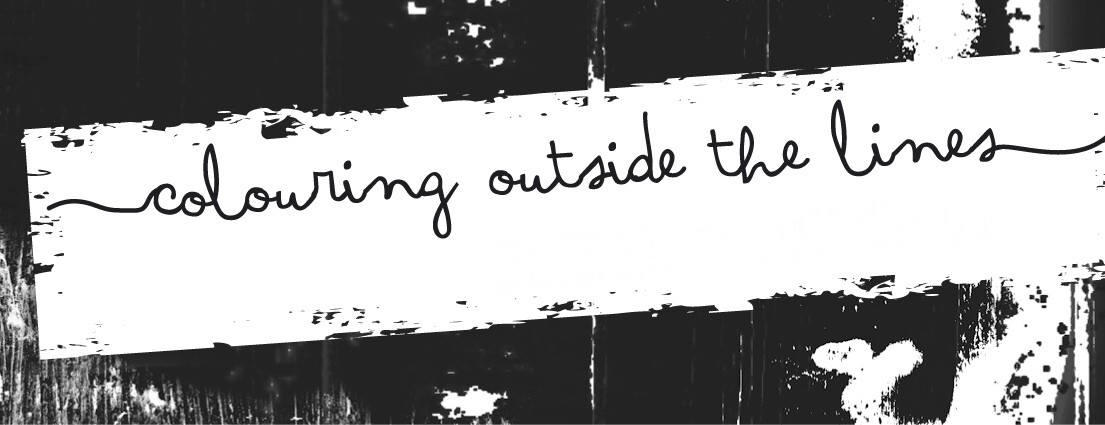





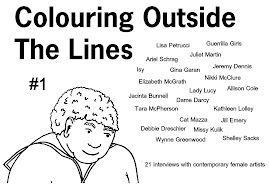
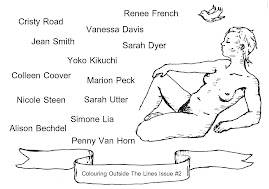

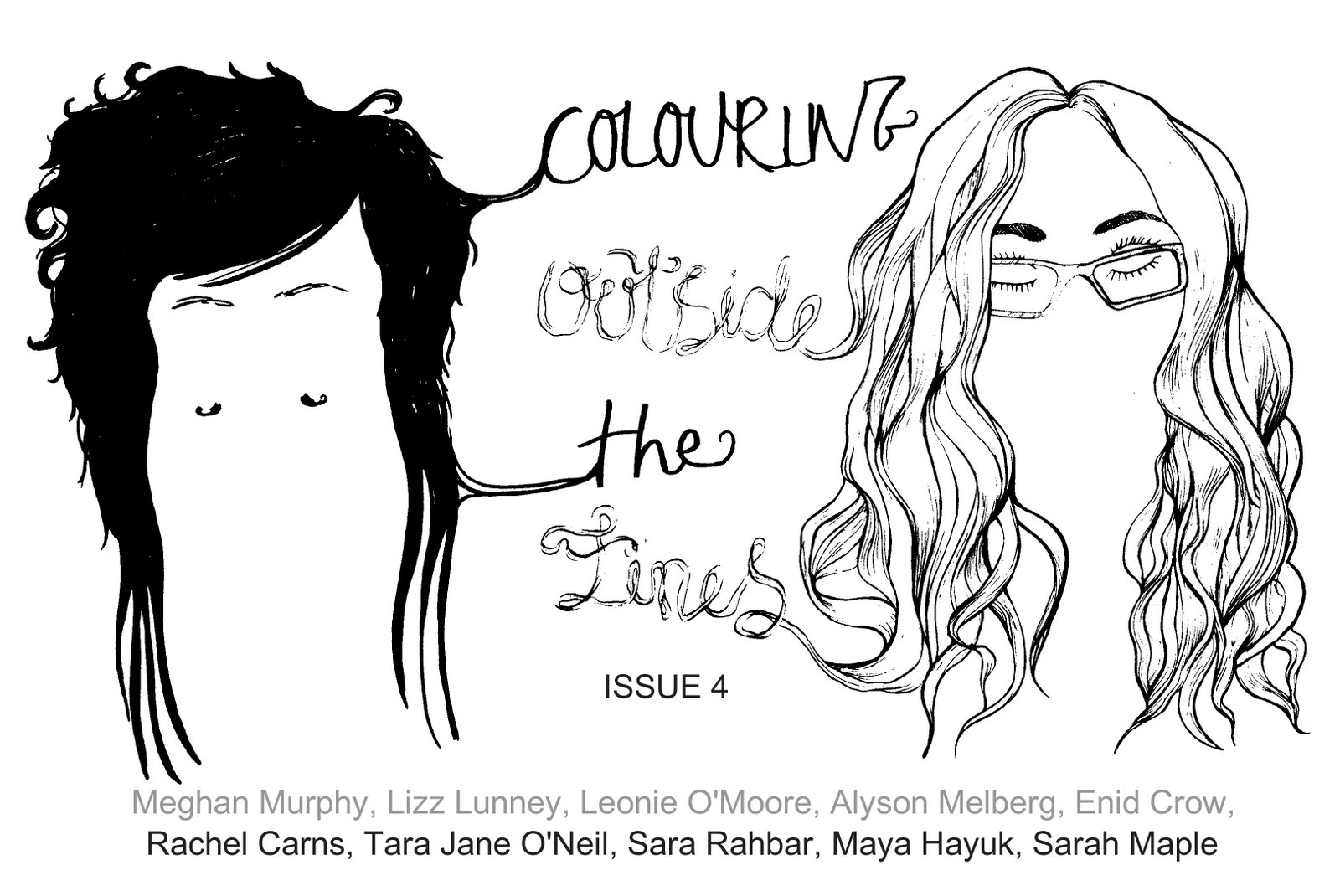

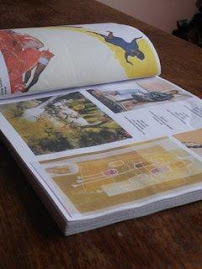



1 comment:
I've just seen that! Congrats!
Post a Comment